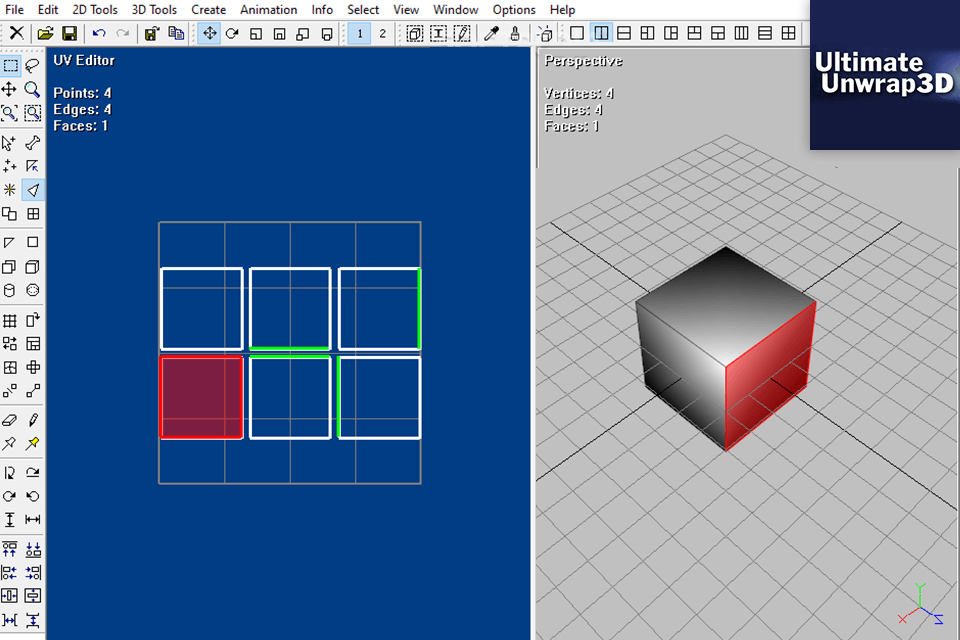

- #Why does control a not work in ultimate unwrap 3d how to#
- #Why does control a not work in ultimate unwrap 3d software#
You may have seen those odd images sometimes that looks like you could print, cut out and glue together to create an origami figure. We then use the result to map the position of the image to the position on the 3D model. UV mapping or UV unwrapping is taking a 3D model and cutting its geometry and lay out the pieces flat on top of an image.
#Why does control a not work in ultimate unwrap 3d how to#
Related content: How to add a texture to an object in Blender What is UV mapping? Hopefully giving you the confidence to be fast and efficient while also having some idea what to do when things don’t turn out as you would like them to.įor a more beginner friendly introduction you can find out how to get your texture onto your object here: In the end though, we will boil it down to a handful of tools and procedures that can help you get most of the Unwrapping done efficiently and accurately through looking at some common workflows. This is to get a broad understanding of the process and tools. The goal of this article is to cover as much of the unwrapping process as possible for as many workflows as possible. In edit mode, use the “U” key for the unwrap menu and transformation and selection tools in the UV Editor and 3D Viewport supplement well. Instead utilize different techniques on different parts. Remember that you don’t need to unwrap your whole mesh at once. Using Blender for UV Mapping, you can get far by using Smart UV unwrap together with the regular unwrap operation.

But instead appreciate the cool technology. After having read this article however, I hope that you are one of those people that does not think this way. A mini game tucked right in the middle like a massive roadblock that does not fit along with all the creativity surrounding it. UV mapping may use repeating textures, or an injective 'unique' mapping as a prerequisite for baking.UV Mapping is by many considered being the most boring part of the entire 3D art pipeline. The UV mapping process at its simplest requires three steps: unwrapping the mesh, creating the texture, and applying the texture to a respective face of polygon. This means a shared spatial vertex position can have different UV coordinates for each of its triangles, so adjacent triangles can be cut apart and positioned on different areas of the texture map. UV coordinates are optionally applied per face. If the model is symmetric, the artist might overlap opposite triangles to allow painting both sides simultaneously. Often a UV map will be generated, and then the artist will adjust and optimize it to minimize seams and overlaps.
#Why does control a not work in ultimate unwrap 3d software#
When the scene is rendered, each triangle will map to the appropriate texture from the " decal sheet".Ī UV map can either be generated automatically by the software application, made manually by the artist, or some combination of both. Once the model is unwrapped, the artist can paint a texture on each triangle individually, using the unwrapped mesh as a template. If the mesh is a UV sphere, for example, the modeller might transform it into an equirectangular projection. One way is for the 3D modeller to unfold the triangle mesh at the seams, automatically laying out the triangles on a flat page. When a model is created as a polygon mesh using a 3D modeller, UV coordinates (also known as texture coordinates) can be generated for each vertex in the mesh. UV checker map with coordinates UV unwrapping


 0 kommentar(er)
0 kommentar(er)
